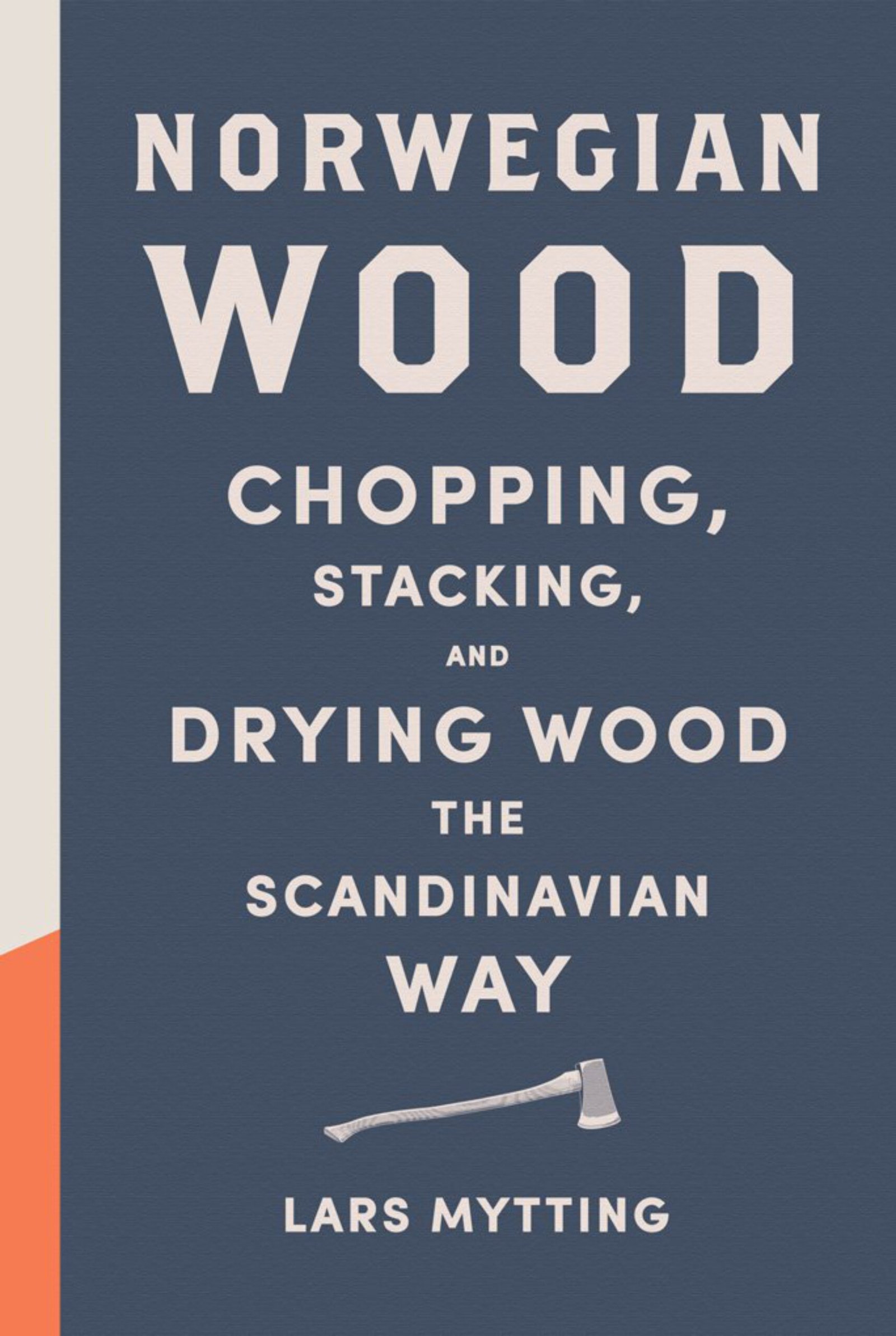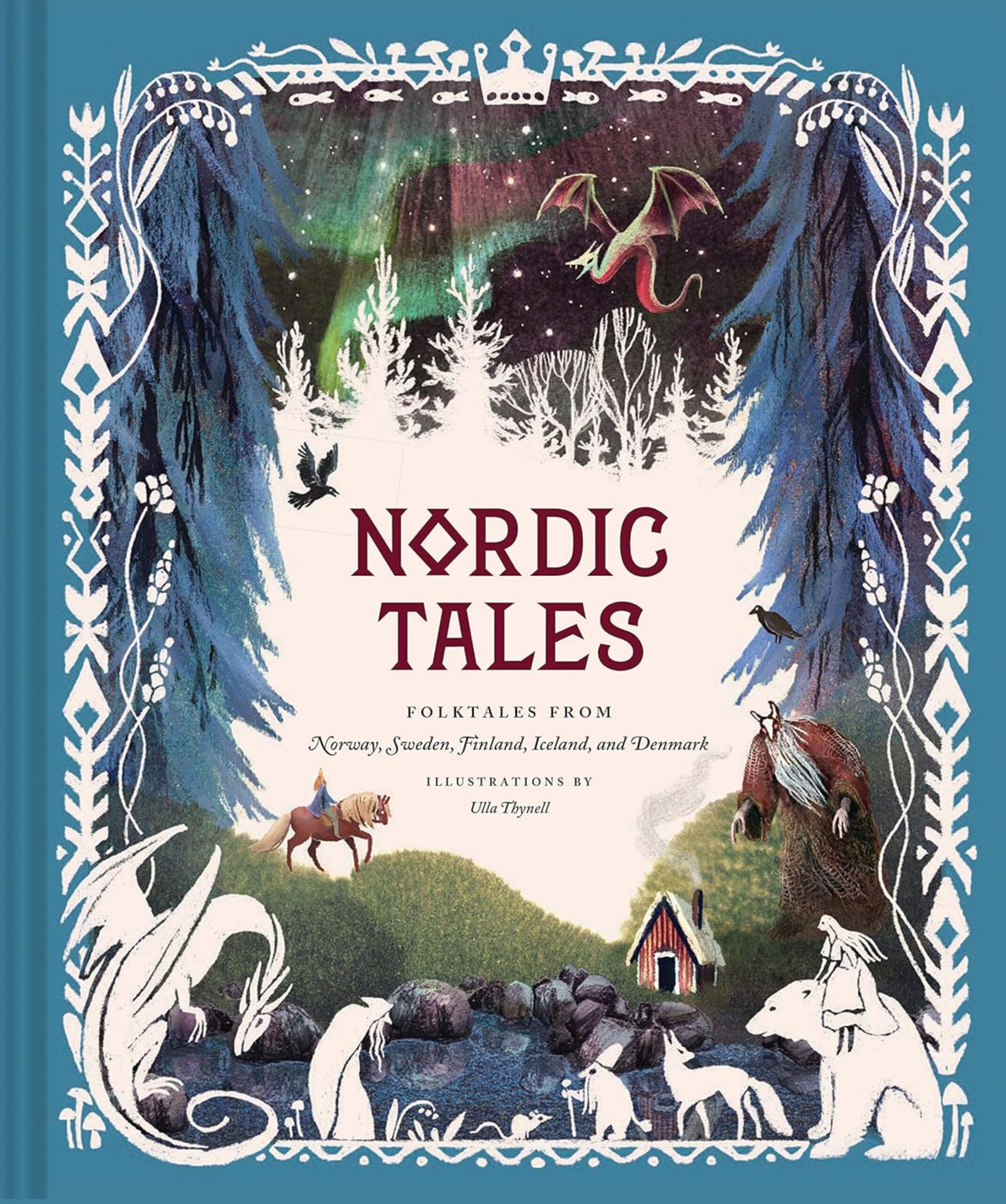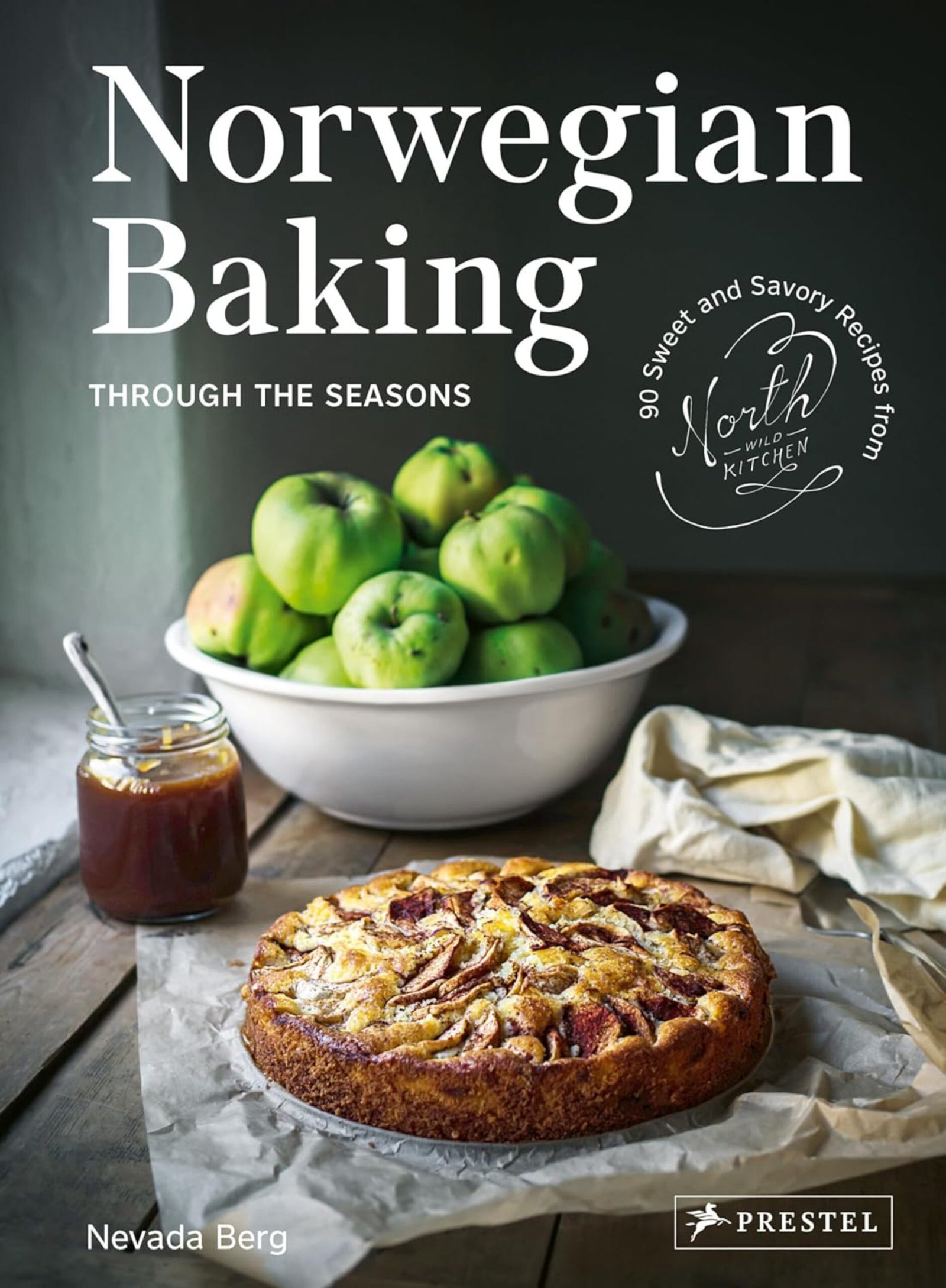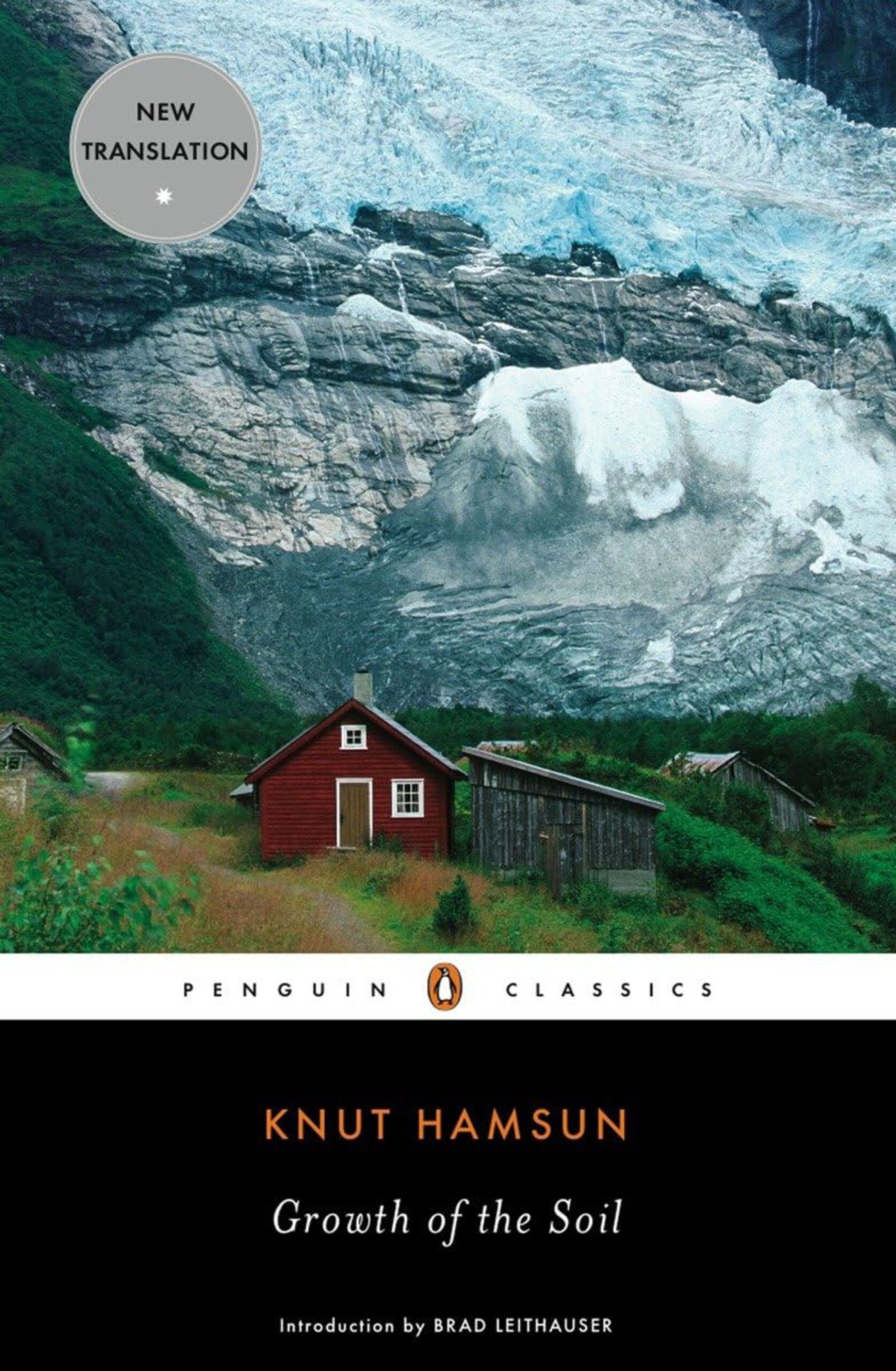Norwegian cheese
Cheese has been part of the Norwegian diet since time immemorial.
Every summer, the historical Norwegian farmers sent their cows and goats to roam freely through the forests and the mountains, to feed on Mother Nature’s plentiful offerings.
With them came the milkmaid, who spent her whole summer churning butter and making cheese.
The carpenter’s toolkit
Through the centuries, the Norwegians cut the cheese using a knife. It was not a very economical way of divvying up this valued food – and getting even-sized slices was difficult.
Thor Bjørklund (1889-1975) – a furniture maker from Fåberg in the region of Oppland, Norway – had long toyed with the idea of finding a better way. He wanted a tool that was kinder to both the cheese and the household budget.
Finally. in 1925, after many attempts, the Bjørklund cheese slicer was born.
And what was more natural for a furniture maker than to look to his everyday toolkit for inspiration. Bjørklund based his cheese slicer on the principles of a carpenter’s plane. His solution was simple but ingenious. The Norwegians call it a ostehøvel.
He patented the invention in the same year, and in 1927, he put it into industrial production in the town of Lillehammer. Over 60 million units have since been sold worldwide.
Embraced by homemakers
The Bjørklund cheese slicer was a big hit with the homemakers of the day.
The 1920s and 1930s were times of hardship, and people looked for ways to economise and make the most out of all available food.
Bjørklund’s invention can also be used to slice potatoes for potato chips – and to peel and cut a range of vegetables.
Some saw it as a threat
Not everyone was happy; the dairies and the cheesemakers up and down Norway saw the newcomer as a threat. People worried about their livelihoods and feared a decline in sales.
They even went as far as to place waste-bags in locations across the country, accompanied by the text: Throw your cheese slicer here!
The sceptics have since come around, and now actively embrace the tool in a big way.
EGP.00053





